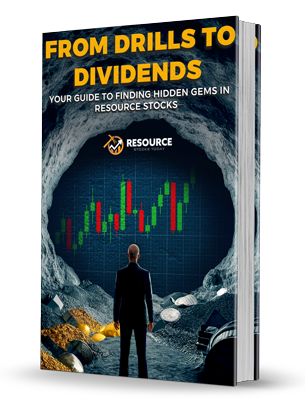Gold: A Glimmering Opportunity Amid Market Uncertainty
Understanding Gold’s Resurgence
Gold has long been considered a safe haven in times of economic turbulence. Recently, it has outshone traditional assets, generating a remarkable return of **30% this year** and reaching a price of about **$3,406 per troy ounce**. In stark contrast, many investors in stocks, bonds, and even cryptocurrencies like Bitcoin are left unsettled. Some critics argue that gold can only deliver a superficial shine, but the numbers tell a different story.
Over the past two decades, the SPDR Gold Shares ETF has increased by a staggering **630%**, outperforming the SPDR S&P 500 by **85 points**. This anomaly disrupts conventional investment wisdom, which posits that well-managed companies should, at a minimum, yield better returns than a physical metal.
Driving Forces Behind Gold’s Demand
The mandate behind the current wave in gold prices largely revolves around demand dynamics rather than supply constraints. As most gold that has ever been mined still exists today, the focal point is indeed the market’s appetite for this treasured commodity. The turn of events beginning in 2022—marked by sanctions imposed on Russia and China’s unprecedented bullion purchases—has significantly bolstered demand.
The appetite is not confined to central banks but extends to individual investors as well; many have turned to purchasing gold bars and coins, leading to sporadic shortages. Current estimates indicate that approximately **$4 trillion** worth of gold is held by central banks, accompanied by another **$5 trillion** in private hands. With total financial assets valued at about **$260 trillion**, this yields a global allocation of **3.5% to gold**, a historical high.
Expert Perspectives on Future Gold Market Directions
As investment strategies evolve, analysts are optimistic about continued growth in the gold market. Bank of America Securities suggests that central banks have substantial room to further enhance their gold reserves. Additionally, RBC Capital Markets analyst Chris Louney highlights the role of exchange-traded funds (ETFs) in driving demand, emphasizing that gold remains an asset of last resort amid uncertainty.
BlackRock’s portfolio manager, Russ Koesterich, underscores gold’s reliability as a store of value, advocating for a 2% to 4% allocation within a diversified investment portfolio. Despite the reality of gold’s soaring prices, Koesterich warns against impulsively chasing after it, pointing out that past pullbacks could present more viable buying opportunities for those still lacking exposure.
Mining Stocks: A Forgotten Gem?
It’s essential to note that not all investments in gold are in the physical commodity itself. The mining sector also presents opportunities that investors should consider. While gold miners may not have fared well in recent years due to a variety of operational challenges, they could benefit from rising gold prices. UBS analyst Daniel Major indicates that increased earnings estimates for the miner space are on the horizon.
Particularly, he names Barrick Gold, Newmont, and Endeavour Mining as key players worth paying attention to. Barrick and Newmont in particular have seen recent market upgrades from Neutral to Buy, despite facing operational headaches that have led to losses in their stock values. Major asserts that these miners are now in a position of “adequately reset expectations,” where their free cash flows are attractive and their production guidance seems realistic.
Navigating Your Gold Investment Strategy
For investors intrigued by gold but wary of pitfalls, a multifaceted approach is advisable. Firstly, while gold can serve as a hedge against turbulent markets, it should not be viewed as a foolproof long-term outperformer against stocks. Historical data shows that from 1975 to 2023, an investment of $1 in gold grew to approximately **$16** versus **$348** for U.S. stocks.
For those seeking alternative routes into the gold market, ETFs like the iShares Gold Trust offer economical options, allowing investors to gain exposure to gold without the complexities or costs of physical ownership. As always, it’s important to balance your asset allocation, incorporating various components beyond gold to achieve optimal diversification.
Conclusion: Proceed with Caution
While gold shines brightly in the current investment landscape, it embodies a guide rather than a destination. The historical allure of gold—rooted in its unique chemistry and cultural significance—suggests that it will remain an enduring part of the financial narrative.
With potential upward revisions in earnings for mining stocks like Barrick and Newmont, now may be the time to explore deeper investments in gold—not just as a physical commodity, but within the stocks and ETFs that may ultimately benefit from a continued rally in prices. As always, careful consideration and strategic planning are vital to navigating the tumultuous waters of commodities and resource stocks.















